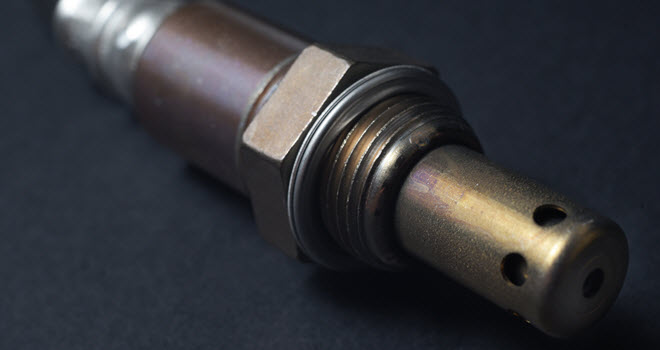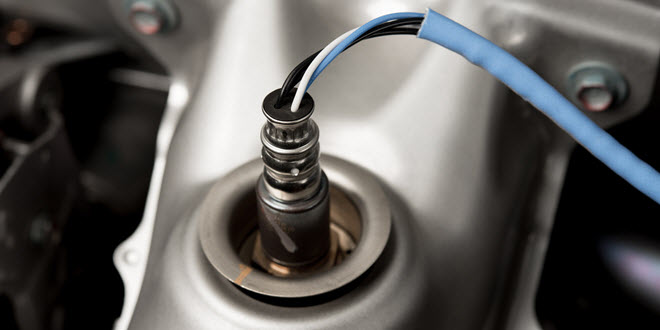Replacing Your BMW’s O2 Sensor in Bellevue
Posted on: April 20, 2019
A BMW is a vehicle to be proud of, and an investment you want to take good care of to ensure that it serves you and your family well for as long as possible. These vehicles are wonders of German engineering and are made to have a long service life, but over time some parts are likely to need replacing.
One of the parts that you may need to attend to over the course of your BMW’s life is the O2 sensor, or the oxygen sensor. Below, we’ll cover what that is and how to know when it’s time to replace yours.
What is an O2 Sensor?
Your BMW’s engine is powered by a combination of oxygen and gasoline that is ignited by the spark plugs. However, that oxygen and gasoline must be combined at very specific ratios, or else your engine won’t be getting the right amount of power. That’s where the O2 sensor comes in.
This sensor monitors the amount of oxygen coming out of the exhaust of your vehicle. The amount left over after combustion tells the car’s computer whether it is providing too much or too little oxygen to the combustion process and allows it to adjust accordingly. BMWs typically have two or more oxygen sensors, depending on the model, as having more data allows the computer to be more accurate in its adjustments, ensuring your vehicle is running as smoothly as possible.
Signs of a Bad O2 Sensor
One of the first signs that your BMW’s O2 sensor is going bad or has failed completely will be the check engine light. If you get the light’s code checked, it will generally display a “running rich” or “running lean” code, meaning the engine is getting either too much or not enough oxygen. While this can be the result of several issues in the engine, the O2 sensors is one of the primary parts that causes these errors.
Another common sign of a failing oxygen sensor is a decrease in your BMW’s fuel economy. If you notice you’re visiting the gas station more often, it may be time to check your O2 sensor.
Other signs may include the engine running rough, especially when you’re idling. You may notice a tremor when you’re idling, or the car may even stall out completely or suffer from a hesitation when you press on the gas. This can be dangerous in areas with lots of traffic, so it’s important to have that addressed as soon as you notice the problem.
Replacing an O2 Sensor
If you feel comfortable working on cars, replacing the oxygen sensor is a relatively simple process that can be done at home. You simply need to locate the sensor, disconnect it from its electrical supply, remove the mounting clips and use an oxygen sensor socket to remove the sensor from the exhaust manifold. Then you just need to do all of that in reverse to add the new one. Be aware that your BMW may have as many as four O2 sensors, so it is recommended to replace them one at a time to ensure you don’t get the electrical connections mixed up.
Unfortunately, this procedure does require a specialized tool — the oxygen sensor socket. Be sure to check that you have that before you start, or else you’ll end up with a partially-disassembled vehicle and no way to drive to the parts store!

Know When to Turn to the Pros
If you don’t have much experience working on vehicles, you’re likely better off trusting your O2 sensor replacement to a skilled professional. Thankfully, if you’re in the Seattle or Bellevue, WA area, you can turn to the experts at Landmark Motors.
Our expert staff specializes in luxury European vehicles, meaning we have plenty of experience working on BMWs like yours. If you suspect that your O2 sensor is failing, call or stop by today for one of our skilled mechanics to take a look. We can get the sensor replaced and get you back out on the road with the smooth ride and fuel efficiency you expect from your BMW at a price you can’t beat at the big-name dealerships.



